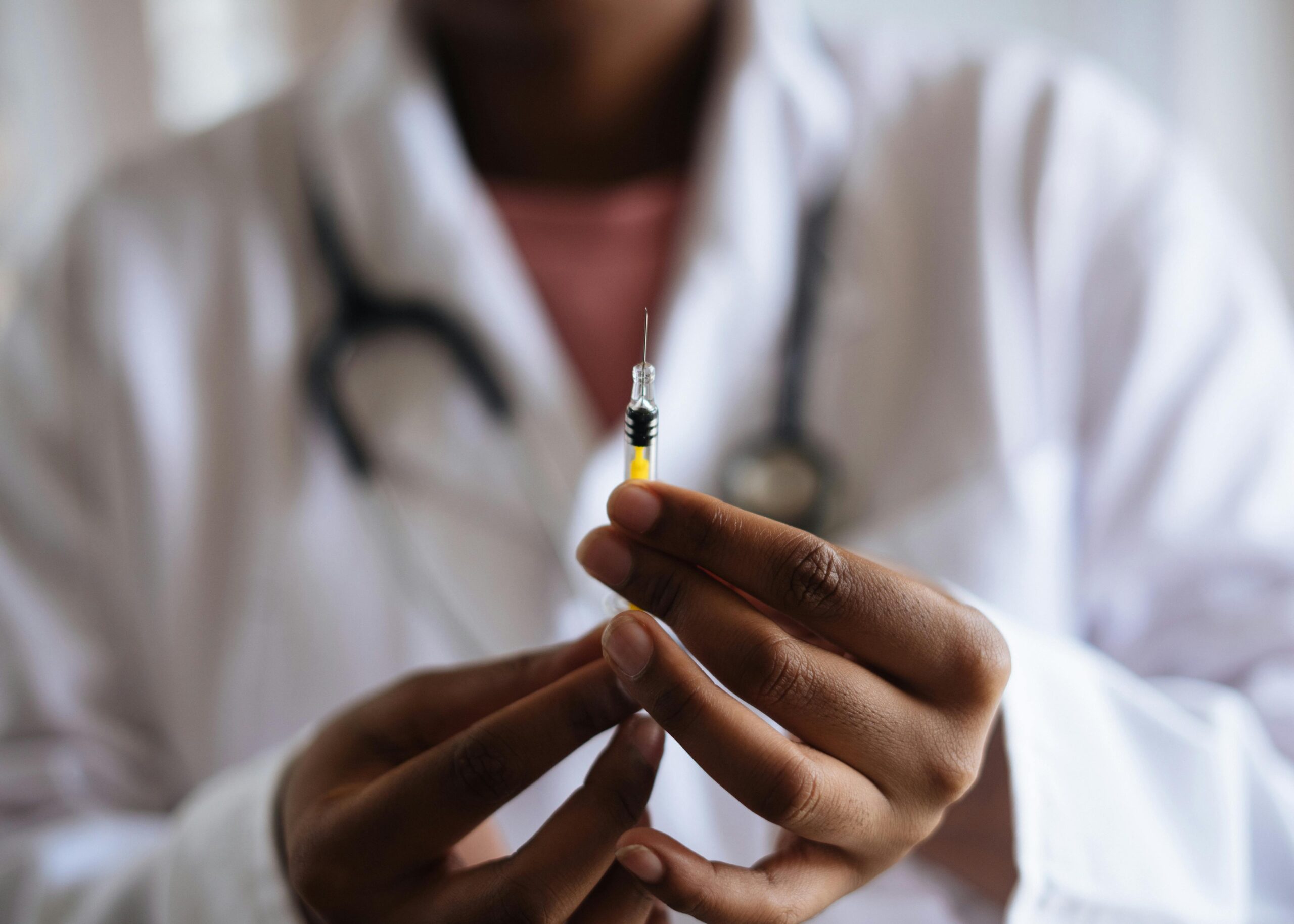In the realm of contagious diseases, one name that often crops up is “mumps.” Despite advancements in medical science, mumps remains a concern in various parts of the world. In this comprehensive guide, we’ll delve into what mumps is, its symptoms, treatment options, and how to prevent its spread in 2024.
Mumps is a viral infection caused by the mumps virus, primarily affecting the salivary glands, leading to painful swelling. This swelling gives the characteristic “chipmunk cheeks” appearance, which is often the telltale sign of the illness. However, mumps doesn’t stop at affecting just the cheeks; it can also cause swelling in other salivary glands, such as those under the jaw or in the neck.
Symptoms of mumps typically manifest about two to three weeks after exposure to the virus. Alongside the noticeable swelling, individuals may experience fever, headache, muscle aches, fatigue, and loss of appetite. In severe cases, mumps can lead to complications like meningitis, deafness, or inflammation of the testicles or ovaries.
While mumps was once a common childhood illness, thanks to widespread vaccination efforts, its incidence has significantly declined. However, occasional outbreaks still occur, often in close-contact settings like schools, universities, or military barracks. This highlights the importance of maintaining high vaccination rates to prevent the resurgence of mumps.
Treatment for mumps primarily focuses on alleviating symptoms, as it is a viral infection and antibiotics are ineffective. Rest, hydration, and over-the-counter pain relievers like ibuprofen or acetaminophen can help manage discomfort and fever. Applying warm or cold packs to the swollen glands may also provide some relief. In severe cases or those with complications, medical intervention may be necessary.
Prevention is undoubtedly better than cure when it comes to mumps. The most effective way to prevent mumps is through vaccination. In most countries, the measles, mumps, and rubella (MMR) vaccine is routinely administered to children. However, adults who haven’t been vaccinated or only received one dose of the vaccine may still be at risk. In such cases, getting vaccinated or receiving a booster shot can provide protection against mumps.
In addition to vaccination, practicing good hygiene can also help prevent the spread of mumps. This includes regularly washing hands with soap and water, especially after coughing, sneezing, or using the toilet. Avoiding close contact with infected individuals and covering mouth and nose when coughing or sneezing can also help reduce transmission.
In recent years, there has been growing concern about vaccine hesitancy and misinformation regarding vaccine safety. Some individuals may choose not to vaccinate themselves or their children due to unfounded fears about potential side effects. However, it’s crucial to understand that the benefits of vaccination far outweigh the risks, not just for individual health but also for community immunity.
Public health authorities and healthcare professionals play a vital role in addressing vaccine hesitancy and promoting accurate information about vaccines. By engaging with the public, addressing concerns, and emphasizing the importance of vaccination in preventing diseases like mumps, we can work towards achieving higher vaccination rates and reducing the risk of outbreaks.
In conclusion, mumps remains a concern in 2024 despite significant progress in vaccination efforts. Understanding the symptoms, treatment options, and preventive measures is essential for effectively managing this viral infection. Through vaccination, good hygiene practices, and community engagement, we can work together to minimize the impact of mumps and other preventable diseases on public health.
Remember, staying informed and taking proactive steps towards prevention are key to keeping ourselves and our communities healthy and safe in the face of infectious diseases like mumps.



